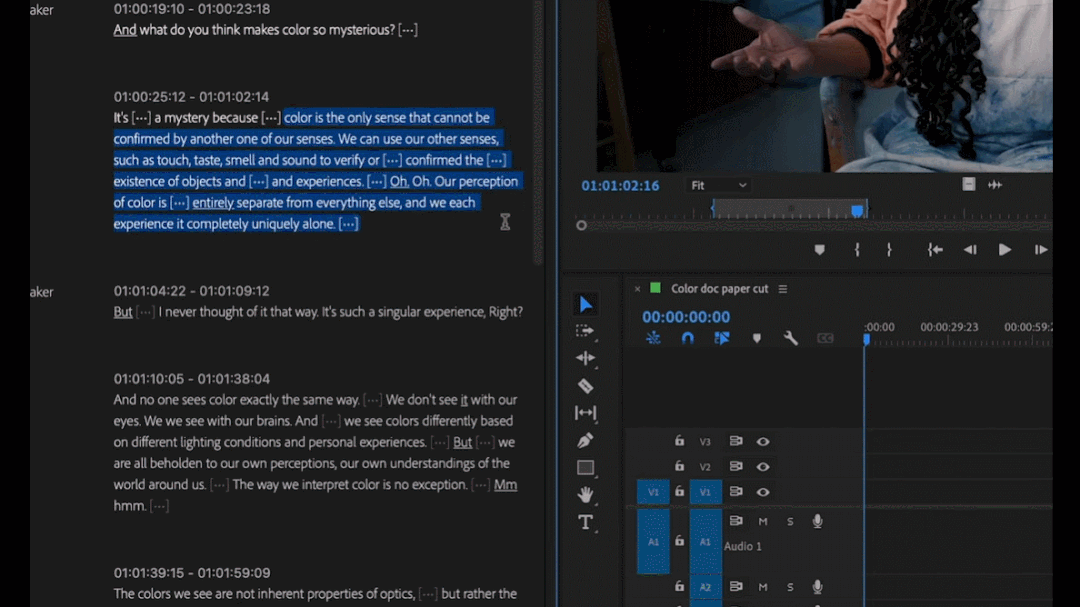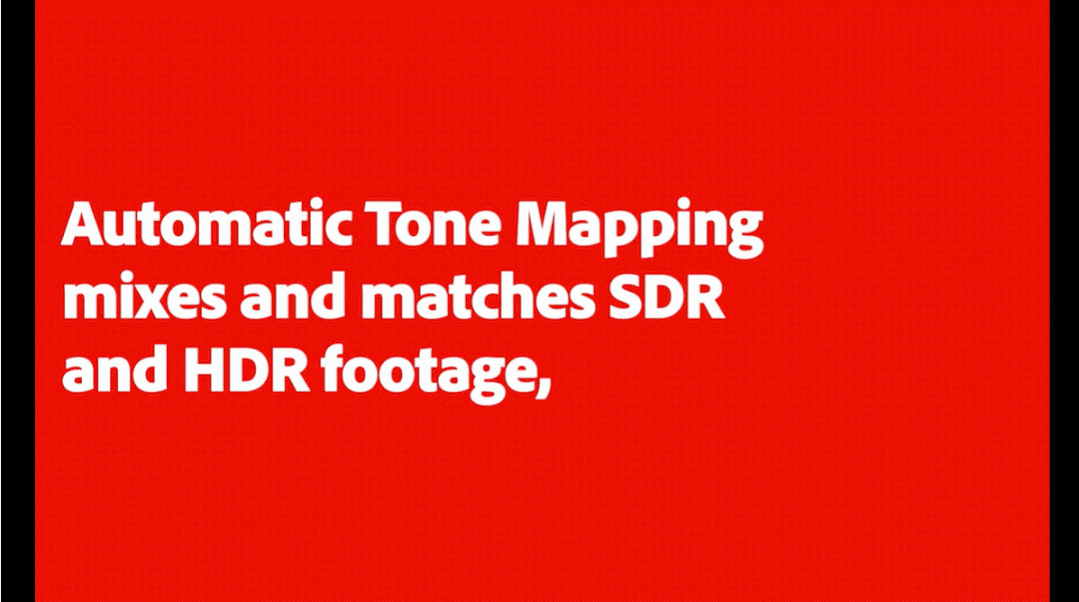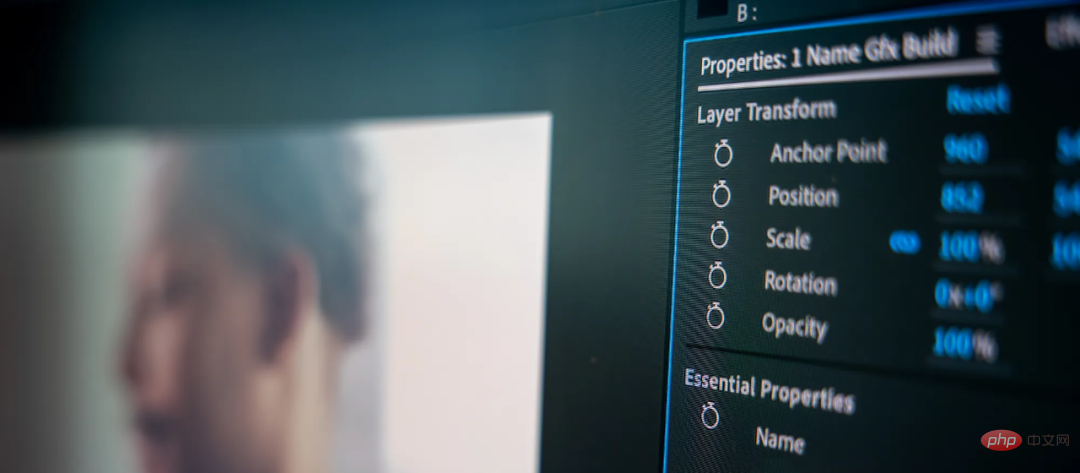
With the advent of various powerful generative models, artificial intelligence generated content (AIGC) has attracted more and more attention. In the field of visual generation, there are more and more image generation models based on GAN and diffusion models, and the generation effects are getting better and better. These models are also being implemented at an accelerated pace, and the capabilities of many "AI drawing" tools are amazing.
As a major manufacturer of visual content productivity tools, Adobe recently announced its entry into the AIGC track. On Thursday evening Beijing time, Adobe announced that its video editing software Premiere Pro will launch a series of AI features. This is another AIGC work after Adobe and Nvidia launched the AI image generation tool Firefly at the GTC conference last month.
According to Adobe’s current introduction, Premiere Pro will introduce text-based video editing, which will make rough cuts of videos as easy as copying and pasting text. Overall, Premiere Pro adds dozens of improvements that video editing users have been asking for, including automatic tone mapping, background autosaving, better collaboration tools, and more. Premiere Pro will be upgraded to a more powerful, faster and more stable version.

Edit video based on text
Premiere Pro's text-based approach to video editing will revolutionize your video rough-cut workflow. Text-based editing in Premiere Pro is powered by Adobe Sensei, using the latest AI tools to automatically transcribe users’ source media. Adobe Sensei is a low-level artificial intelligence tool that can be applied to various Adobe products (such as Photoshop, Premiere, and Illustrator). Sensei makes use of the large amount of data and content accumulated by Adobe over the long term, from pictures to images, to help people solve a series of problems faced in the creative process of media materials, and to help users automate and simplify some fixed and repetitive operations.
With the launch of text-based editing, users will be able to browse transcripts, search for keywords and add them to the Timeline to start a rough cut. Users no longer need to just Watching hours of footage trying to find just the right sound bite.
Premiere Pro generates transcripts for users as they build their sequences. So once a user has a few clips in the timeline, they can copy and paste text phrases into a transcript of the sequence and watch the edits in the timeline automatically change to match the action. When editing is complete, text-based editing provides users with a ready-made transcript that can be used to quickly generate subtitles.
Auto Tone Mapping
To allow users to easily work with different media and color spaces in the same timeline , without the need for LUTs or custom color settings, Premiere Pro will introduce automatic tone mapping. Nowadays, cameras can record large amounts of color and detail, so log and other HDR formats are increasingly used. Automatic tone mapping converts the wider color gamut of HDR files (such as iPhone HLG) and popular log formats (such as Sony S-Log) for correct display in standard sequences. Unlike LUTs, tone mapping is non-destructive, allowing users to apply color grading to media without artifacts or clipping highlights.

Premiere Pro is not only faster and more reliable, but it also adds background auto-save functionality to back up your files at any time without interrupting the process. With new format support and GPU-accelerated ARRI, RED, and a new boot reset option, users can easily perform routine maintenance tasks like clearing the media cache.
Other improvements include more accurate masking, faster motion graphics templates, and the ability to batch edit titles in the timeline. Premiere Pro will support 18 languages including Danish, Dutch, Norwegian, Swedish, etc.
The update of collaborative editing allows you to easily collaborate with other people in the same project Work with other editors. Team Project tracks every change in your project, and Sequence Locking ensures no one else can edit what you're working on.
The Properties panel in After Effects is similar to the panels in Adobe Illustrator and Adobe Photoshop, which can speed up animation design. Instead of controls being drilled into layers to adjust, controls are presented to the user contextually next to the composition window. This makes it easier to try new things and iterate on designs. The Properties Panel also works with basic properties, so whether you're a seasoned pro or just starting out in animation, the Properties Panel can bridge the gap between idea and execution in After Effects.

Additionally, After Effects provides native support for ACES and OpenColorIO. ACES is a color exchange standard with an extremely wide color gamut that provides greater dynamic range and richer image detail. If you're working with other artists or agencies, ACES and OpenColorIO color management can ensure consistent colors when handing over projects.
Adobe has been listening to users’ opinions to improve After Effects functionality. Selectable Track Mattes is a very popular feature that allows you to reuse the same matte for multiple layers, saving time. Now, new shortcut keys make dynamic masking workflows even simpler. Additionally, Adobe has changed Colorama to default to the native After Effects color picker, which was a feature request to save users clicks every time they use it. In fact, as early as last fall, Adobe added 50 animation presets that are loved by After Effects users. This year Adobe will continue to add more than 50 presets to help users create animations without having to start from scratch.
Finally, including Automatic Tone Mapping in Premiere Pro and ACES/OCIO color management in After Effects, among many other features, Adobe has released in recent updates. Additional features, including text-based editing and background auto-save in Premiere Pro and the Properties panel in After Effects, are currently in public beta and will be available in May.
The above is the detailed content of AI helps text editing and video editing: Adobe lowers the threshold for video creation. For more information, please follow other related articles on the PHP Chinese website!
 What to do with the video card
What to do with the video card
 How to download videos from Douyin
How to download videos from Douyin
 How to learn C# from scratch
How to learn C# from scratch
 How to create a WeChat clone
How to create a WeChat clone
 How to solve the problem of garbled characters when opening a web page
How to solve the problem of garbled characters when opening a web page
 What is a Bitcoin Futures ETF?
What is a Bitcoin Futures ETF?
 How to adjust computer screen brightness
How to adjust computer screen brightness
 There are several types of browser kernels
There are several types of browser kernels
 Virtual number receives verification code
Virtual number receives verification code




